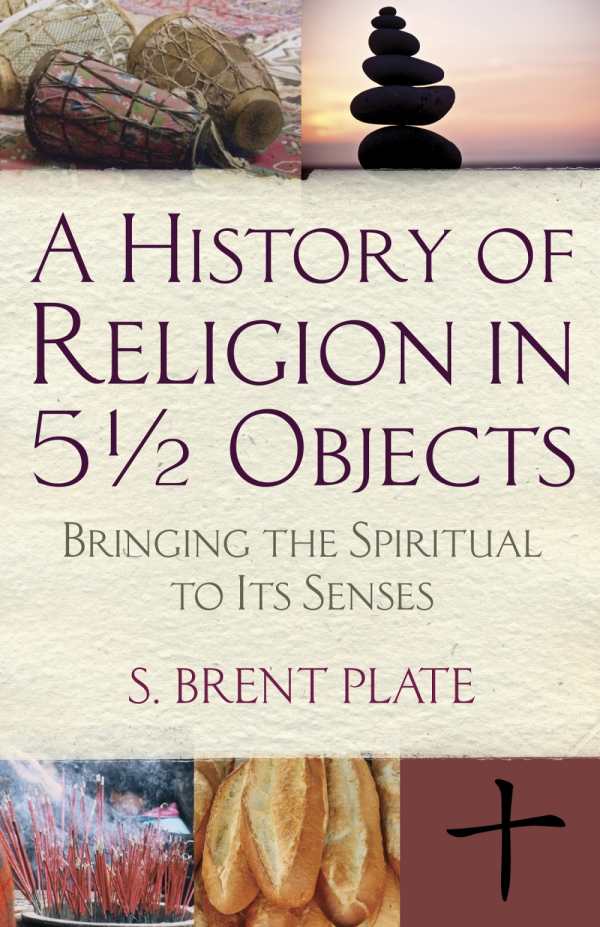It looks like you've stumbled upon a page meant to be read by our code instead of viewed directly. You're probably looking for this page.
A History of Religion in Five and a Half Objects
Bringing the Spiritual to Its Senses
Plate does a thorough job connecting objects, senses, and faiths in every chapter.
The religious world is full of sacred objects and rituals. How and why do we give special significance to certain things? Why is the smoke from a campfire just smoke but incense in a Hindu ceremony so much more than mere heat and vapor? In his fascinating study of the human need for religious veneration, A History of Religion in 5½ Objects, professor of religious studies S. Brent Plate looks at the interrelated natures of sensation, symbology, and religious experience.
In this study, Plate takes five commonplace objects and ascribes a primary sensory component to each, and then he gives examples of their significance within various religious traditions. The objects, each allocated a chapter, are stones (touch), incense (smell), bread (taste), crosses (sight), and drums (sound).
The chapters vary in length and complexity, the longest and most detailed of them being the first, on stones. It sets the tone for the rest of the book and makes the general case for Plate’s religious observations. How does a rock become a stone, and a stone become a religious icon? A rock is a mineral formation. A stone is a rock that has experienced some human interaction, either mechanically, symbolically, or both. The physical weight, surety, and longevity of a stone make it a potential religious object, connecting physical reality to a conception of the divine. The other chapters in the book illustrate similar patterns of thought.
The book is not meant to be a comprehensive study of all religions but rather an inquiry into religious thought. Plate draws from a variety of religions without professing overt belief in any specific tradition. The result appears to be unbiased observation, though he tends to discuss the Abrahamic religions (Judaism, Christianity, and Islam) more than others.
The “half” mentioned in the title refers to the soul, which is neither an object nor a sense. Plate says, in the only unconvincing portion of the book, that the soul is something that is crafted when humans actively engage with the world. In this way, soul is similar to purpose, or one’s interaction with life in general. It’s an intriguing idea for another book, but Plate’s strongest points come in the sense-oriented commentary and less in the rebranding of soul.
Reviewed by
Jason Henninger
Disclosure: This article is not an endorsement, but a review. The publisher of this book provided free copies of the book to have their book reviewed by a professional reviewer. No fee was paid by the publisher for this review. Foreword Reviews only recommends books that we love. Foreword Magazine, Inc. is disclosing this in accordance with the Federal Trade Commission’s 16 CFR, Part 255.
